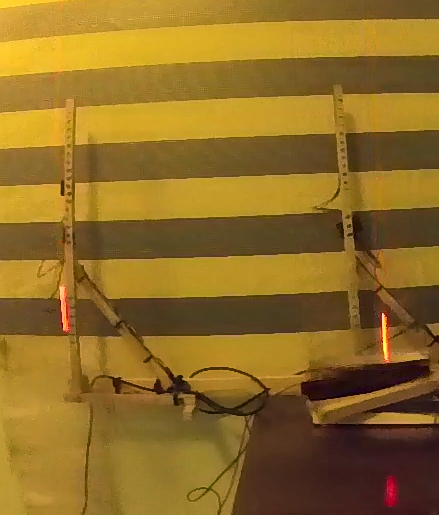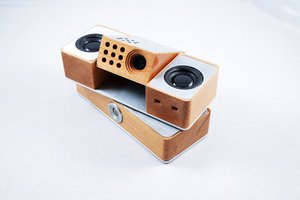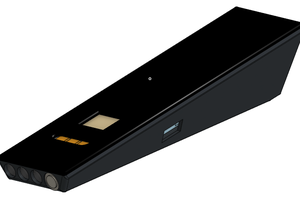1. Introduction
This project is a work in progress, but I think you can understand my idea from the pitch. The goal is to make the modules as user friendly as possible so that there is no (or minimal) learning curve for the teachers and students that want to use them. I loved physics when I was growing up, but it mostly consisted of textbooks and solving all kind of different problems, there was little no experimentation involved, and looking back at it now, it would have been so fun to do and also would get so many more kids into physics because they wouldn’t see it as just a bunch of equations but like something closer to them something they can play with.
2. Idea
As I’ve described above, my idea for this project is to develop small easy to use modules that would make that whole process of experimentation fun and engaging. Since these are elementary/high school projects we don’t need any crazy accuracy or anything like that, the goal of these experiments is to demonstrate a phenomenon or do some basic measurements. All lab equipment for experimentation is essentially just measuring a certain physical value, whether that’s time, brightness, voltage, force, etc. Some of the module ideas that I had until now are:
- Laser gates module
- For measuring time and speed, they can be set up to measure anything from lap times, to free falling objects, to objects on a slanted edge and so on
- IMU module
- A versatile module capable of measuring rotation, acceleration (even speed and position to some degree of accuracy), would be great for things like demonstrating the centrifugal force, taping this module to a ball and throwing it to see the data of how all of the speeds change, etc.
- Load cell module
- A module designed for measuring force, something that we all had to calculate in physics classes. Multiple of these modules could be used in a balance beam calculation to demonstrate load distribution, or adding pulleys to these load cells, and showing how the forces are distributed in that kind of system.
3. Laser Gates
While I haven’t built the module itself yet, here is a project that I did which represents what I’m talking about rather well, as well as the experiment that goes with it. I’ll begin by explaining the physics problem first.
The Problem
You have a chain made out of wooden bars with all of them attached at an angle as showed in the picture below. If you imagine 2 identical chains being dropped from the same height, but with one falling on a raised surface, which chain will reach the raised surface first, or to put it differently, on which chain will the last bar reach the raised surface first?

The Solution
The problem is rather interesting, and the answer is the chain that is falling on the raised surface. As the chains start falling down towards the raised surface, they will both fall at the same rate but as one of the chains hits the raised surface, because of the linkage, the bar will give a small tug to the chain as they come in contact with the surface, and in that way slightly accelerate the whole chain.


While that is theoretical explanation which may or may not be true, we have to set up an experiment to actually prove this. To do this, I relied on my vast experience of watching a lot of Mythbusters as a kid and of course tried filming it with a camera with a background that had lines at 50mm as a reference. To get the best effect I can, I added a small LED on the top of the last bar and used a sports cam which could at that time film at an astonishing 120 frames per second. I actually managed to prove the phenomenon as you can see from the picture below.

But that wasn’t enough for what I had to do, because besides proving the phenomenon, I also had to determine how parameters such as the surface, bar length, angle, etc, affect the end result. And this method wasn’t precise enough. To get actual results I could compare, I made what I wish to make now into the first module, a pair of laser gates. Technically there were 4...
Read more » milosrasic98
milosrasic98
 Supplyframe DesignLab
Supplyframe DesignLab
 Vojtech Pavlovsky
Vojtech Pavlovsky
 Ovidiu Sandru
Ovidiu Sandru